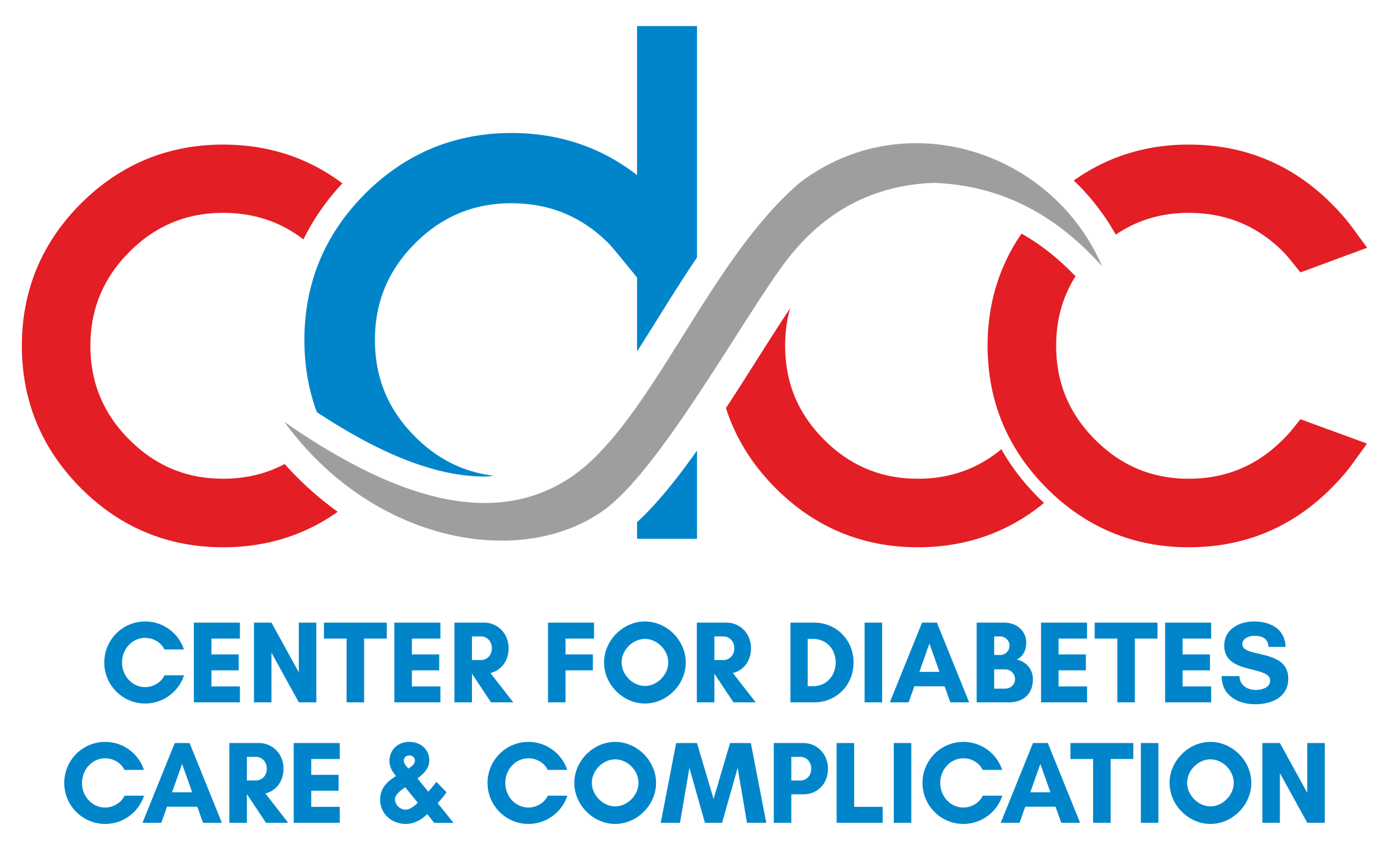Diabetes currently affects over 460 million people worldwide.
Hypoglycaemia is a common and serious complication of diabetes, particularly affecting people with diabetes on insulin treatment. It is characterised by abnormally low blood sugar levels, which can lead to cognitive impairment and in some severe cases, seizures, loss of consciousness, coma and even death.
Hypoglycaemia can be caused by too much insulin in the body, a low intake of carbohydrate, unplanned exercise and activities, and missed or delayed meals/snacks.
Typical symptoms include:
- Anxiety
- Blurred vision
- Dizziness
- Fast Heartbeat
- Headache
- Hunger
- Irritability
- Shakiness
- Weakness/fatigue
For people with diabetes, the generally accepted cut-off point to define hypoglycaemia is a blood glucose level below 3.9mmol/L (70 mg/dl), although people may experience symptoms associated with hypoglycaemia at a higher level or have no symptoms at that level.
Hypoglycaemia can have a profound effect on the everyday lives of people with diabetes and their care givers. Research has found that 70% of people with type 1 diabetes feel tired the day after a night-time hypoglycaemic event and that over 60% of family members of people with diabetes are worried about the risk of hypoglycaemia to their loved one.
Hypoglycemia management
Eat or drink carbohydrates
Eat or drink something that's mostly sugar or carbohydrates to raise your blood sugar level quickly. Pure glucose — available in tablets, gels and other forms — is the preferred treatment.
Foods with more fat, such as chocolate, don't raise blood sugar as quickly. And diet soft drinks cannot be used to treat an episode of hypoglycemia because they don't have any sugar.
Examples of foods that do raise your blood sugar level quickly include:
- Four glucose tablets (available without a prescription at most pharmacies)
- A serving of glucose gel (read the label for amount)
- Five to 6 pieces of hard candy or jelly beans (check the food label for the exact serving)
- Four ounces (120 milliliters) of fruit juice or regular — not diet — soda
- One tablespoon (15 milliliters) of sugar, corn syrup or honey
The rule of 15
- Consume 15 g of simple carbohydrates, such as glucose tablets or orange juice.
- Wait 15 minutes and measure your blood sugar levels again.
- If your blood sugar is still between 55 to 69 mg/dL, consume another 15 g of carbohydrates.
- Keep repeating until your blood sugar is above 70 mg/dL.
Have a snack or meal
Have a snack or a meal to keep your blood sugar from dropping again. If you typically take insulin with food, you generally don't need additional insulin if you're eating a snack after having a low blood sugar level. If you're going to eat a meal, however, you may need a reduced dose of insulin to ensure that your blood sugar doesn't rise too quickly.
It's important to try not to overtreat your low blood sugar. If you do, you may cause your blood sugar level to rise too high, which will make you feel thirsty and tired.

